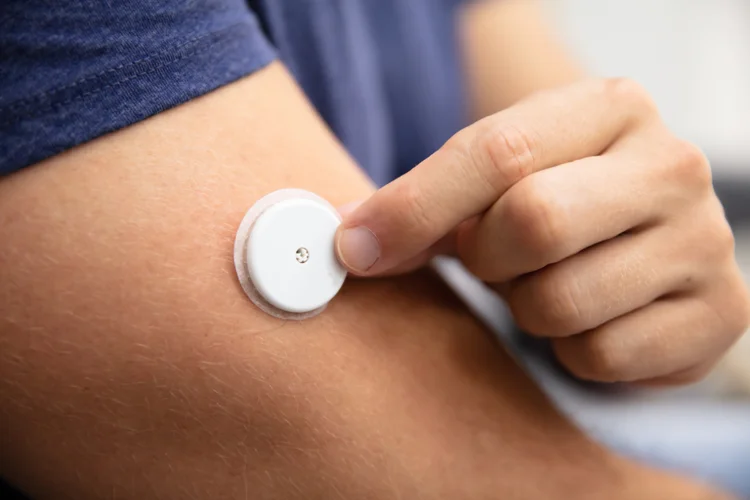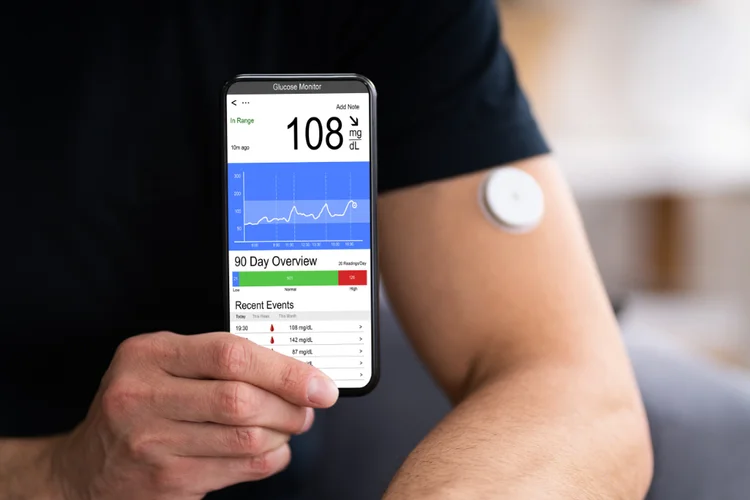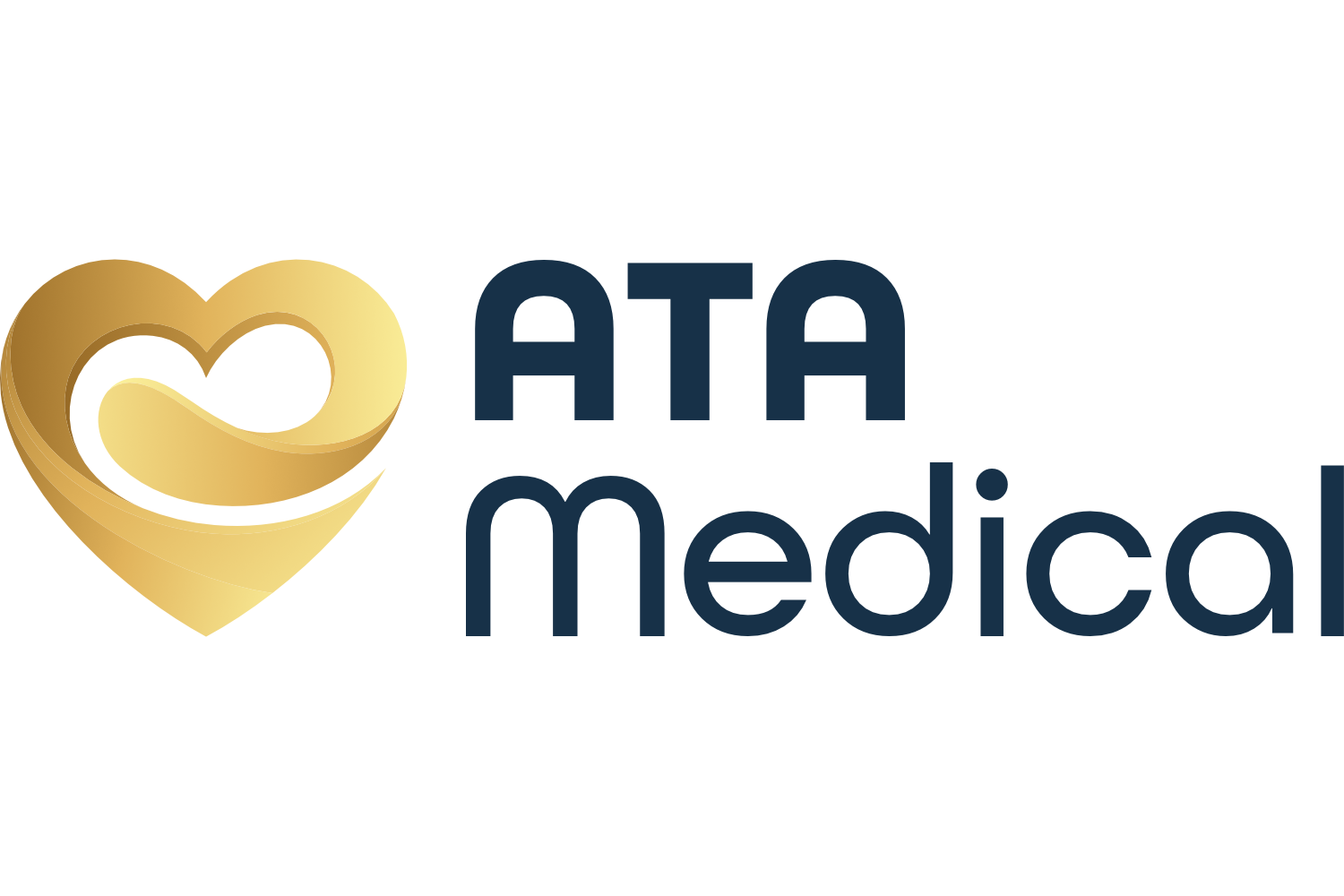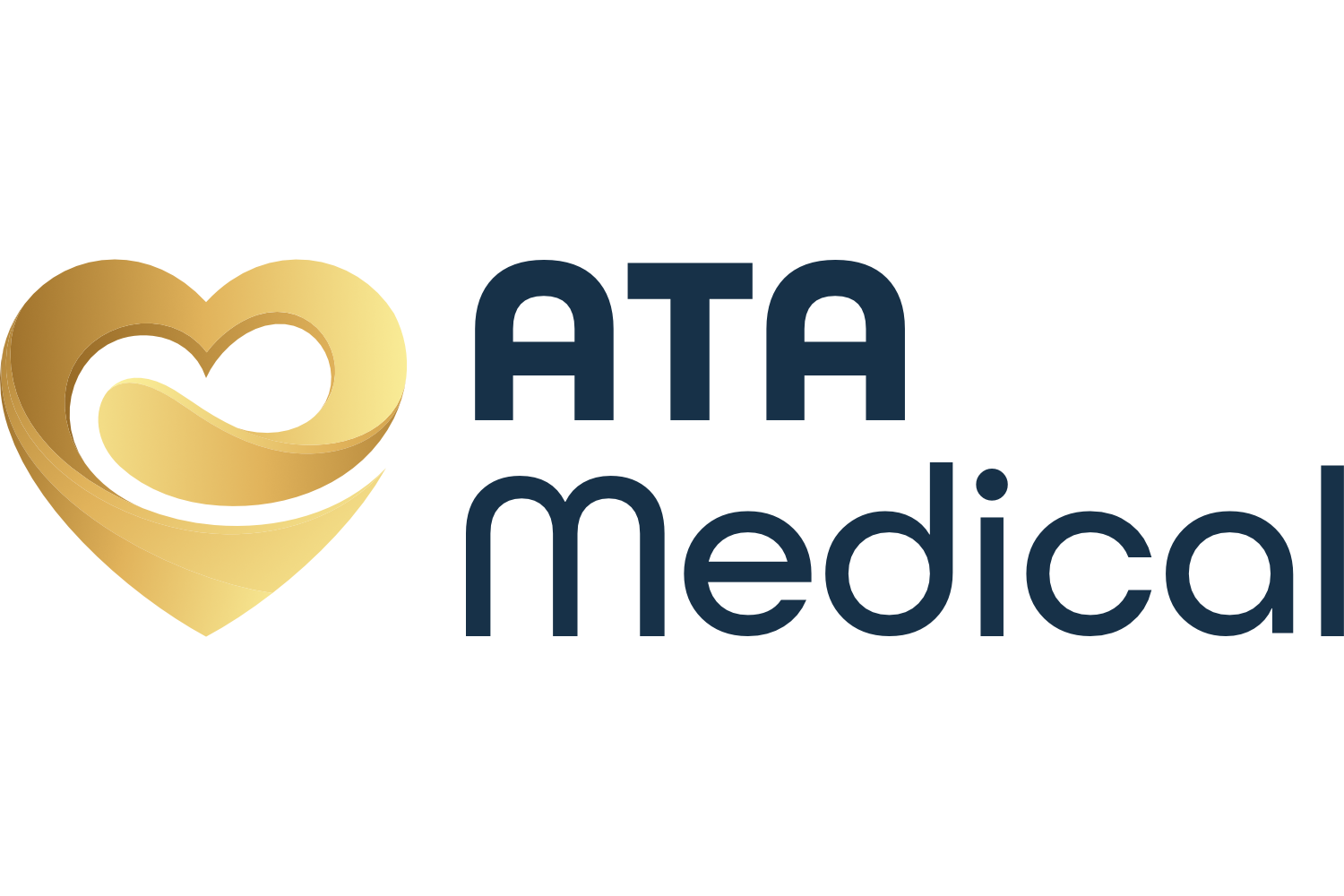Continuous Glucose Monitoring (CGM) Singapore
| Continuous Glucose Monitoring Option | Abbott FreeStyle Libre Sensor |
| Purpose | Tracks blood glucose levels in real time to support diabetes management and treatment decisions. |
| Recommended For | Individuals with type 1 or type 2 diabetes who require close monitoring, or those experiencing frequent fluctuations in blood sugar. |
| Price | $27.25 NETT (first sensor for first-time users) |
| Appointment Options |
Same-day appointment (subject to availability). Book via WhatsApp: 8883 8892 or email: hi@atamed.sg |
| Clinic Locations |
Orchard: 1 Orchard Blvd
#05-09 Camden Medical Centre, S248649 Tanjong Pagar: 72 Anson Rd #01-02 Anson House, S079911 |
What Is Continuous Glucose Monitoring?
Continuous glucose monitoring (CGM) is a method of checking blood glucose levels
continuously throughout the day and night. It uses a small sensor worn on the
body to track glucose levels in real
time, reducing the need for frequent finger-prick tests.
CGM provides convenience by allowing automatic data collection and better insights
into how glucose levels change in response to food,
activity, stress, or medication. This helps people with diabetes understand their patterns
more clearly and make more informed decisions about their health.

How Does Continuous Glucose Monitoring Work?
Continuous glucose monitoring works by measuring glucose in the interstitial fluid (the fluid that surrounds the body’s cells) under the skin using a tiny sensor. The process can be broken down into key steps:
- Sensor insertion – A small sensor is placed under the skin, usually on the upper arm or abdomen.
- Glucose measurement – The sensor measures glucose in the interstitial fluid at regular intervals.
- Data transmission – A transmitter attached to the sensor sends readings wirelessly to a receiver, smartphone, or insulin pump.
- Real-time tracking – Glucose levels are updated every few minutes, allowing you to see current values and trends over time.
- Alerts and insights – The system can notify you if glucose levels rise too high or drop too low, helping you make timely adjustments.
- Sensor replacement – Sensors are disposable and must be replaced regularly, and transmitters also need periodic replacement to ensure accuracy and proper function.
Who Might Continuous Glucose Monitoring Be Suitable For?
Continuous glucose monitoring can be considered by people with diabetes who need regular and detailed tracking of their glucose levels. It is often recommended for:
- People with type 1 diabetes, because they rely on insulin replacement and need continuous tracking to adjust doses safely and reduce sudden highs or lows.
- People with type 2 diabetes on insulin or with unstable glucose levels, as CGM provides detailed patterns that help fine-tune treatment and lifestyle choices.
- Those with hypoglycaemia unawareness (a condition where the usual warning signs of low blood sugar are not felt), since CGM can give early alerts before levels become dangerously low.
- Children and adolescents with diabetes, as CGM can support parents and caregivers in monitoring glucose more effectively throughout the day and night.

Key Features & Benefits of Continuous Glucose Monitoring
Key features and benefits of continuous glucose monitoring include:
Reduces the discomfort and inconvenience of frequent manual checks.
The system notifies you when your glucose crosses set thresholds or changes rapidly, so you can take steps to prevent it from becoming severe.
Readings are updated every few minutes and displayed as graphs, helping you see whether your glucose is rising, falling, or stable over time.
Glucose trends provide useful information that you can review with your doctor to adjust treatment and make changes to your daily habits.
What Types of Continuous Glucose Monitoring Devices Are Available?
The main types of continuous glucose monitoring devices are real-time CGM and flash glucose monitoring (FGM) systems. Both systems use sensors that must be replaced regularly, and some real-time CGM devices also require transmitter replacement.
Real-time CGM
Real-time continuous glucose monitoring provides automatic readings sent directly to a display device, smartphone, or insulin pump. Key features include:
- Continuous updates every few minutes
- Customisable alerts for high and low blood sugar
- Options to share data with healthcare providers

Example available in Singapore: Dexcom
- Sensor replacement: typically every 10 days
- Transmitter replacement: typically every 3 to 12 months
Flash Glucose Monitoring (FGM)
Flash glucose monitoring measures glucose continuously but requires you to scan the sensor to view results. Key features include:
- No routine finger-prick calibration
- Data available on-demand when scanned
- Typically longer sensor wear time compared to real-time CGM
Example available in Singapore: FreeStyle Libre
- Sensor replacement: typically every 14 days
What Are Some Limitations of Continuous Glucose Monitoring?
While continuous glucose monitoring offers many advantages, there are also limitations to consider. These include:
- Accuracy – CGM measures glucose in interstitial fluid, which can lag behind actual blood glucose, especially during rapid changes. Finger-prick tests may still be needed in certain situations.
- Device maintenance and cost – Sensors must be replaced regularly, and some systems also require transmitter replacement. This results in ongoing expenses for continued use.
- Skin irritation – Some users may experience redness, itching, or discomfort at the sensor site.
For many people, however, the benefits of continuous glucose monitoring outweigh these limitations, especially when used with medical guidance.
How Much Does Continuous Glucose Monitoring Cost in Singapore?
At ATA Medical, we provide continuous glucose monitoring along with diabetes-related screenings and treatments at the following cost:
| Test | Price* |
|---|---|
| Consultation | From $49.05 |
| Continuous Glucose Monitoring (CGM): Abbott FreeStyle Libre Sensor | $27.25 (first sensor for first-time users) |
| Diabetes Testing | |
| Fasting Blood Glucose (FBG) Test | $10.90 |
| Glycated Haemoglobin (HbA1c) Test | $27.25 |
| Oral Glucose Tolerance Test (OGTT) | $27.25 |
| Fasting Insulin Test | $66.49 |
| [Optional] Mobile Blood Drawing Service | $54.50 (per location up to 5 pax) |
| Screen for Life Diabetes Screening | $0 to $5 (depending on CHAS/MG/PG status) |
At present, Dexcom is the only continuous glucose monitoring device subsidised for individuals with
type 1 diabetes, with up to 80 per cent of the cost
covered at public healthcare institutions. Other CGM devices are not subsidised under national
healthcare schemes.
Consistent monitoring of blood sugar helps reduce the risk of long-term complications and
supports healthier ageing. To complement diabetes care, we also offer longevity
packages and comprehensive
health screening with personalised guidance from our doctors to give you a clear overview of
your health and support long-term wellness.
How Can I Book an Appointment for Continuous Glucose Monitoring?
ATA Medical @ Orchard
Nearest MRT: Orchard Boulevard Station (TE13)
Contact Number: 6223 0682
Email: camden@atamed.sg
Opening Hours:
Mon - Fri: 8:30 AM to 12:30 PM, 1:30 PM to 5:30 PM
Sat: 8:30 AM to 12:30 PM
Sun & PH: Closed
ATA Medical @ Tanjong Pagar
Nearest MRT: Tanjong Pagar Station (EW15)
Contact Number: 6223 0682
Email: hi@atamed.sg
Opening Hours:
Mon - Fri: 8:30 AM to 12:30 PM, 1:30 PM to 5:30 PM
Sat: 8:30 AM to 12:30 PM
Sun & PH: Closed

